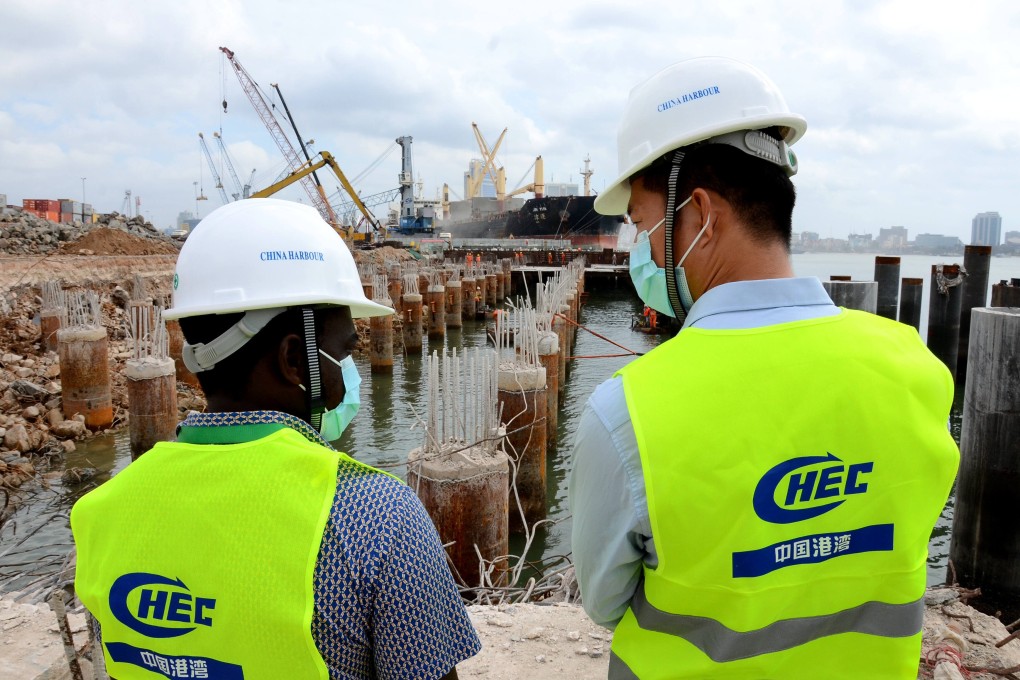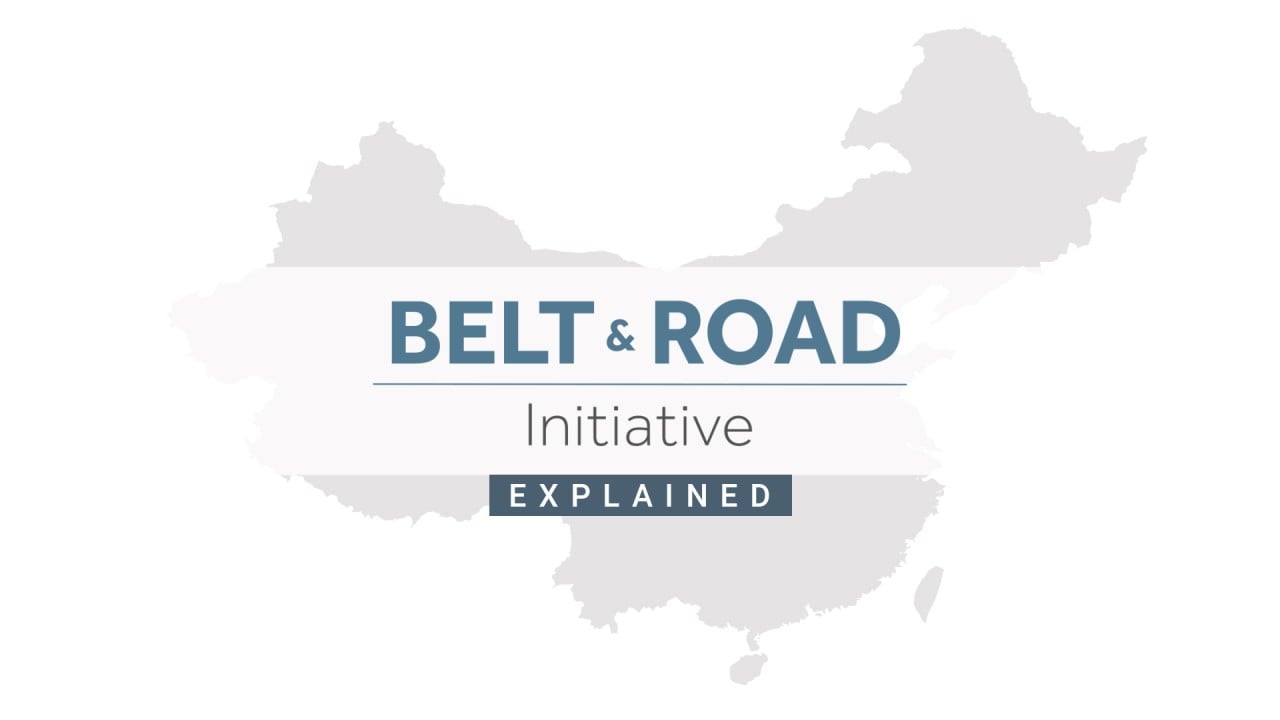Advertisement
The developing world is crying out for greater private investment in sustainable infrastructure
- Now more than ever, we need private investment in sustainable, quality infrastructure to boost growth and promote resilience against public health crises and climate-related risks, as well as unforeseen shocks
Reading Time:4 minutes
Why you can trust SCMP

The case for investing in more sustainable, resilient infrastructure has never been more compelling. The Covid-19 pandemic has exposed critical weaknesses in today’s infrastructure systems that have cost millions of lives and failed to shield millions more.
Advertisement
The destructive force of climate change, visible in more frequent and severe natural disasters, highlights the urgency to better protect our communities against catastrophic losses while drastically reducing carbon emissions.
The right kind of infrastructure is crucial to help mitigate shocks such as climate change and pandemics, and it is also an important source of economic growth and social progress. Clean transport, low-carbon energy and digital development are critical enablers for achieving the Sustainable Development Goals and Paris Agreement commitments.
Without exaggeration, whether we will be able to avert the worst consequences of climate change and withstand future shocks largely depends on the kind of infrastructure we invest in today.
According to the Global Infrastructure Basel Foundation, 75 per cent of the infrastructure projected to be in place by 2050 does not yet exist. This means we have an opportunity to course correct and construct a world that will be greener, more resilient, more sustainable and more inclusive.

02:35
Belt and Road Initiative explained
Belt and Road Initiative explained
A monumental challenge, however, is that global demand for infrastructure far outstrips the amount of finance currently applied to the sector. This has contributed to a staggering US$15 trillion investment gap by 2040.

Advertisement

